Healthy Eating Posts on Crowch
October 16 is more than just a date — it’s a powerful reminder that food is the foundation of life and a shared responsibility for humanity. World Food Day, established by the UN’s Food and Agriculture Organization (FAO) in 1979, unites governments, organizations, and millions of individuals to fight hunger, improve nutrition, and create sustainable food systems that can feed the world without exhausting our planet’s resources.
Food as a Right, Not a Privilege
Every human being has the right to safe, nutritious, and affordable food, yet the reality is alarming. According to the FAO, more than 800 million people suffer from chronic hunger, and over 2 billion experience food insecurity at some point during the year. Meanwhile, in wealthier nations, enormous amounts of perfectly edible food end up in landfills — around 1.3 billion tons globally each year. This is not just wasteful — it’s a moral and environmental crisis.

World Food Day urges us to see the connection between our everyday choices and global hunger. The food we buy, the waste we produce, and the agricultural systems we support all influence whether this crisis worsens or improves.
Global Challenges We Must Face Together
- Hunger and Poverty: Millions of families still cannot rely on their next meal.
- Food Waste: One-third of food produced is lost due to poor storage, inefficient supply chains, and careless consumption.
- Climate Change: Agriculture is vulnerable to extreme weather — droughts, floods, and storms disrupt harvests, threatening food supply.
- Unsustainable Practices: Overuse of water, soil degradation, and deforestation threaten long-term food security.
What We Can Do — Individual and Collective Action

- Choose Local and Seasonal Products: Supporting local farmers reduces transportation emissions and strengthens communities.
- Reduce Household Food Waste: Plan meals, store food properly, and find creative ways to use leftovers.
- Support Global Initiatives: Donate to food banks, volunteer with charities, and advocate for fair food distribution.
- Educate and Inspire: Share information about hunger and sustainability to encourage others to act.
Even small actions — like buying only what you need or switching to sustainable food sources — can have ripple effects. If every person reduced their food waste by just 25%, millions of people could be fed each year.
The Future Is in Our Hands
World Food Day is not only about recognizing a problem; it’s about committing to solutions. Governments must invest in resilient agricultural systems, businesses must adopt responsible supply chains, and individuals must make mindful choices. The journey toward zero hunger will require innovation, cooperation, and compassion on a global scale.
Imagine a future where no child goes to bed hungry, where farmers thrive, and where food systems nourish both people and the planet. That vision is possible — but it begins with each of us. Every meal, every purchase, and every effort to reduce waste moves us closer to a world where food is truly a right for all.
Every year on October 1st, World Vegetarian Day invites us to rethink what’s on our plates. It’s a celebration of plant-based eating — a lifestyle that nourishes our bodies, protects the environment, and shows compassion for animals. Whether you’re already vegetarian or just curious, this day is about exploring a healthier, more sustainable way of living.
Why Go Plant-Based?
The benefits of vegetarian eating are backed by both science and personal experience. Studies show that plant-based diets can reduce the risk of heart disease, lower blood pressure, help manage weight, and improve digestion. Packed with vitamins, minerals, and fiber, vegetarian meals fuel the body without the excess saturated fat found in many animal products.
Beyond personal health, plant-based diets play a powerful role in reducing environmental impact. Livestock farming accounts for a significant portion of greenhouse gas emissions, deforestation, and water usage. By choosing more vegetarian meals, each of us can shrink our ecological footprint and help preserve the planet for future generations.
Compassion on the Table
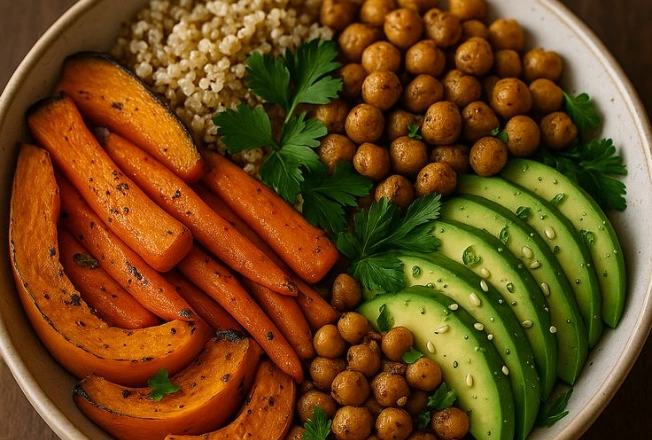
One of the strongest motivations for going vegetarian is compassion for animals. Billions of animals are raised for food every year, often in industrial conditions that prioritize efficiency over welfare. By reducing or eliminating meat from our diets, we send a message that kindness matters.
How to Celebrate World Vegetarian Day
- Try a vegetarian challenge — commit to a day, a week, or even a month without meat.
- Experiment in the kitchen with plant-based proteins like lentils, chickpeas, tofu, or tempeh.
- Visit a vegetarian or vegan restaurant and explore new flavors.
- Share your meals on social media to inspire others.
- Learn about nutrition to ensure balanced, satisfying plant-based meals.
Small Steps, Big Impact
You don’t have to go fully vegetarian overnight to make a difference. Even replacing a few meals each week with plant-based options can improve your health and reduce environmental harm. Many people start with “Meatless Monday” and discover they enjoy the variety and creativity that vegetarian cooking offers.
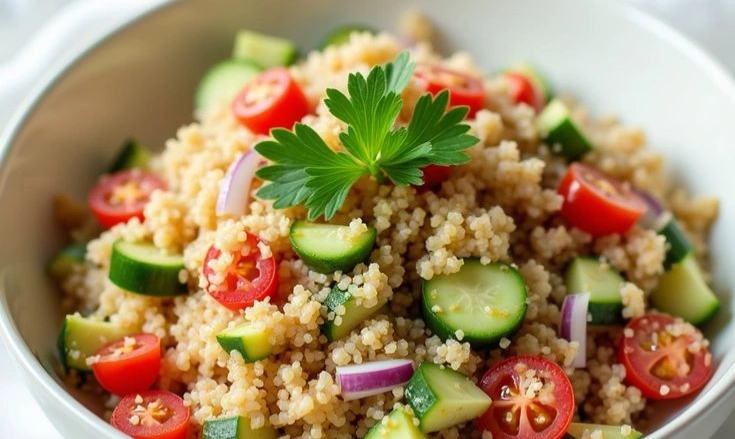
A Global Movement
World Vegetarian Day is part of a larger movement that spans cultures and continents. From India’s centuries-old vegetarian traditions to modern plant-based innovations in cities worldwide, the idea is simple: our food choices shape our world.
This October 1st, let’s fill our plates with color, flavor, and compassion — and take one step closer to a healthier planet and a kinder future.
Bread, once seen as a universal staple, is increasingly under scrutiny. Not because grains are inherently harmful, but because modern bread — as it’s produced today — barely resembles the traditional loaves of our ancestors. Consumed daily, it can subtly but persistently disrupt digestive function and contribute to long-term gut issues.
Let’s examine why this is happening, where the shift began, and how today’s grain products differ from their natural origins.
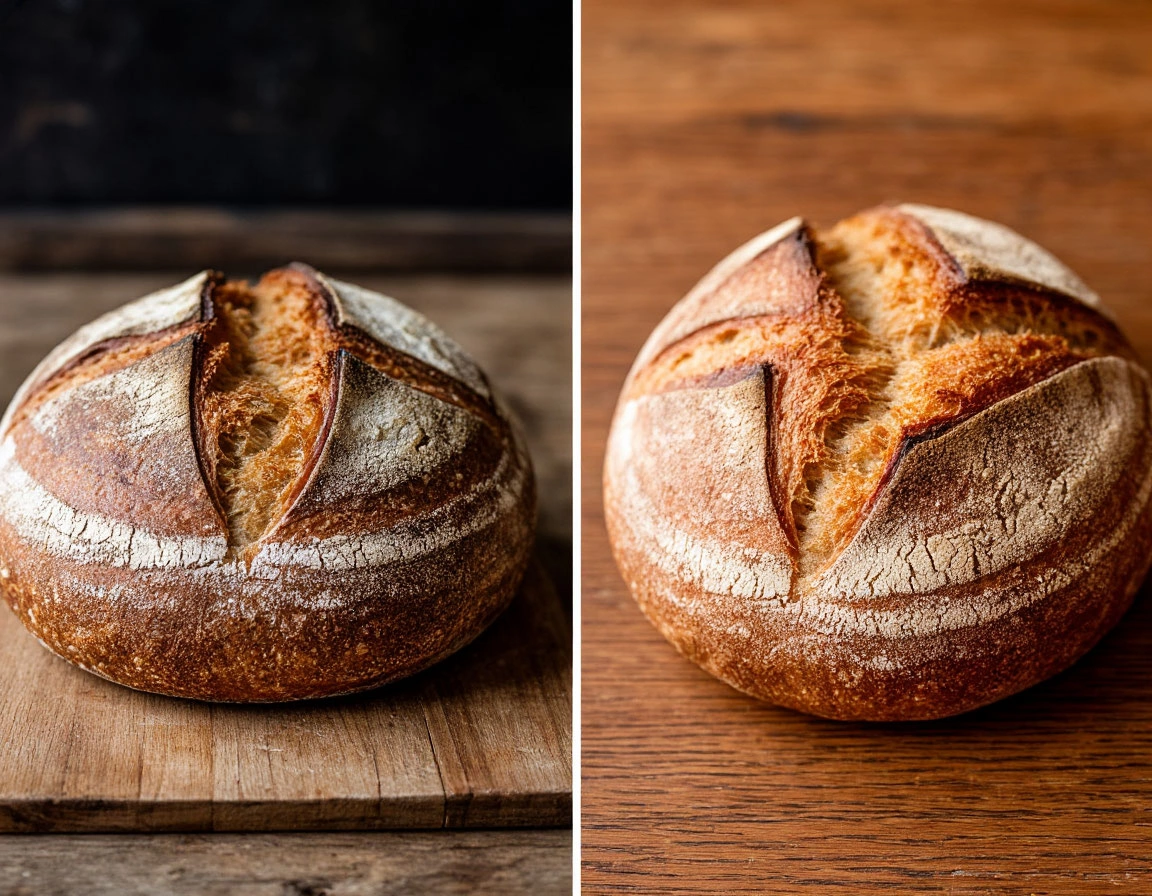
🌾 Bread Wasn’t Always a Human Staple
Humans didn’t evolve eating grains. Early hunter-gatherers thrived on wild fruits, nuts, tubers, and meat. Grains — like wheat and barley — entered the human diet relatively recently, around 10,000 years ago. Even then, they were consumed sparingly, often in coarse, fermented, or partially sprouted forms.
Early humans, observing birds pecking at seeds, may have tried mimicking them — only to find whole grains passed through their bodies undigested. Our digestive systems weren’t built for dense, fibrous kernels without prior processing.
🧬 The Grain Evolution: From Feed to Food
Historically, grain hulls and bran were ground into coarse flour and often fed to livestock. It wasn’t until the 1970s eco-food revolution that fiber-heavy whole grain products were promoted as health foods. While plant-based fiber from fruits and vegetables is excellent for digestion, not all grain-based fiber is created equal.
The push for whole grain breads overlooked a critical point: many cereals are inherently hard to digest, especially in large amounts and without proper fermentation or soaking. They can strain the digestive system — especially modern variants.
🧪 Gluten: The Sticky Protein with a Bad Reputation
At the heart of bread-related gut issues lies gluten — a protein composite found in wheat, rye, and barley. Its name comes from the Latin word for “glue,” and it lives up to that. When dough is kneaded, gluten creates the elastic structure that traps air bubbles and gives bread its bounce.
However, modern wheat contains up to three times more gluten than traditional strains. This change wasn’t accidental — it was driven by agricultural breeding to make dough more elastic and bread more visually appealing. Soft, fluffy loaves sell. And high-gluten flour makes industrial baking faster and cheaper.
But what’s easier for manufacturers can be harder for your gut. Gluten acts like glue in your digestive tract, and while many people tolerate it, others experience bloating, inflammation, and irregular digestion.
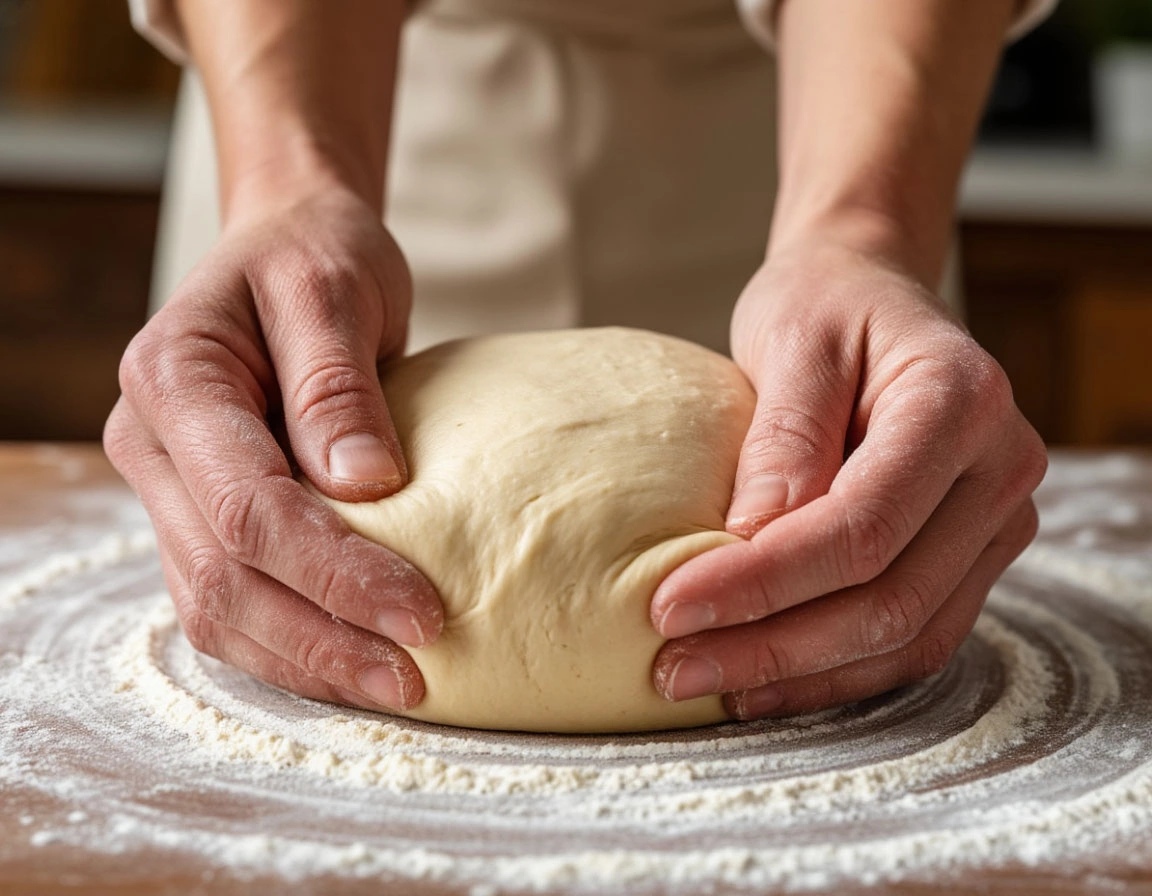
🔬 Not Just Gluten: The Rise of “Insect-Fighting” Wheat Proteins
Surprisingly, gluten isn’t the only suspect. Research by Professor Detlef Schuppan at the University of Mainz uncovered a lesser-known culprit: amylase-trypsin inhibitors (ATIs). These proteins were introduced into high-yield wheat strains to protect crops from pests.
While effective against insects, these proteins can trigger immune responses in human guts, even among people without celiac disease or gluten sensitivity. Essentially, we’re eating bread designed for shelf life and pest resistance — not human digestion.
🍞 Why Industrial Bread Is a Gut Burden
Let’s recap the main issues with modern bread:
- Overprocessed grains with minimal nutrient content
- High gluten levels causing digestive stress
- New proteins (ATIs) unknown to our biology
- Lack of fermentation, which previously broke down hard-to-digest elements
- High-speed baking that leaves little time for natural enzymatic changes
Many breads today are more industrial product than food. Their structure is engineered for mass production, not digestive health.
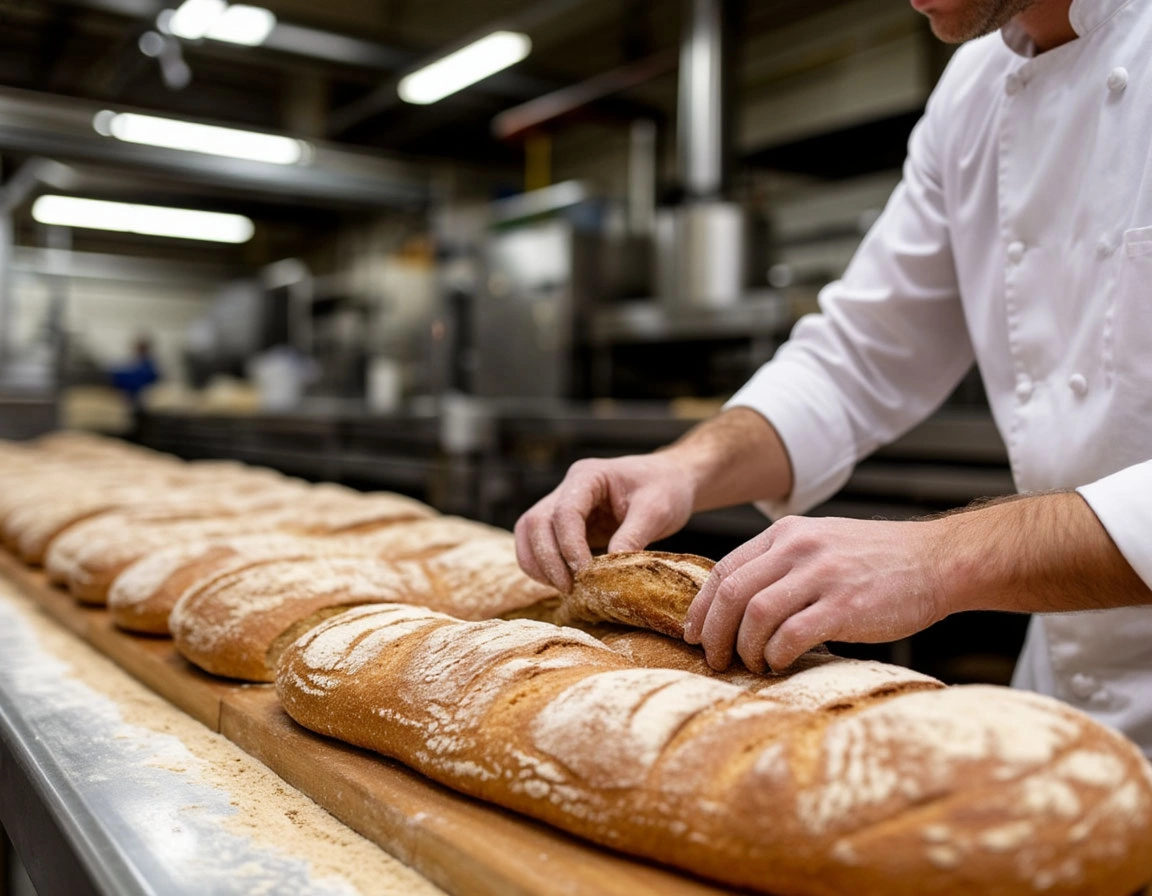
💡 What’s the Alternative?
While it’s not necessary to banish all bread, being selective makes a big difference. Opt for:
- Slow-fermented sourdoughs made with ancient grains
- Sprouted grain breads, which reduce antinutrients
- Gluten-free alternatives (if sensitive), made from buckwheat, rice, or millet
- Limiting portion sizes and frequency of consumption
Also, watch how your body reacts. If you feel sluggish, bloated, or mentally foggy after bread-heavy meals, consider a break. Your digestive system might be asking for something easier to handle.
Fruits are not just a tasty addition to your diet — they are a powerful source of vitamins, minerals, fiber, and antioxidants. Eating a variety of fruits regularly has a positive impact on overall health, especially digestion.
1. Improved digestion
Fruits are rich in dietary fiber, both soluble and insoluble. Fiber promotes healthy bowel movements, improves intestinal motility, and helps prevent constipation. Apples, pears, plums, figs, and berries are especially effective for digestive health.
2. Gut microbiome support
Some fruits contain natural prebiotics — substances that nourish beneficial gut bacteria. Bananas, apples, and berries help grow healthy gut flora, supporting immunity and nutrient absorption.
3. Anti-inflammatory and antioxidant effects
Citrus fruits, pomegranates, kiwis, grapes, and blueberries are rich in antioxidants, which reduce inflammation and protect cells from damage. This supports not only digestion, but also cardiovascular and neurological health.
4. Natural enzyme aid
Fruits like pineapple and papaya contain digestive enzymes (bromelain and papain) that help break down proteins and make food easier to digest, especially heavy meals.
5. Hydration and lightness
Many fruits — such as watermelon, melon, oranges, and strawberries — are high in water content, helping maintain hydration and promoting smoother digestion.
Incorporating a variety of fruits into your daily meals can boost energy, strengthen immunity, and improve digestive comfort. The key is balance: fruits are best consumed in moderation, ideally in the morning or between meals for maximum benefit.
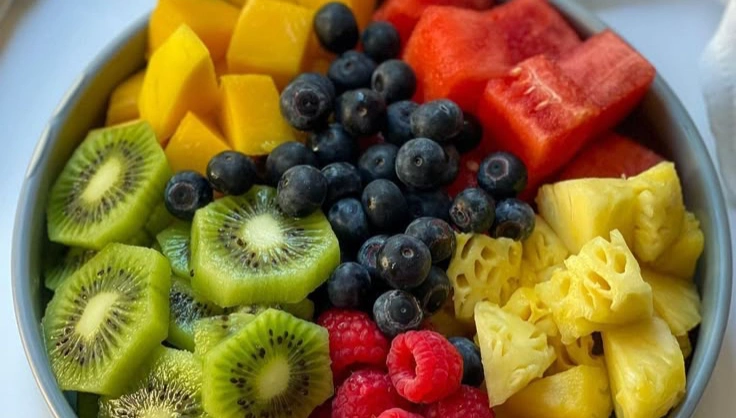

1. Rich in Dietary Fiber: Fuel for Healthy Digestion
One of the most important benefits of fruits is their high dietary fiber content, including both soluble and insoluble fiber. Soluble fiber (found in apples, citrus fruits, and berries) forms a gel-like substance in the gut, helping to regulate blood sugar levels and cholesterol. Insoluble fiber (present in the skins of pears, plums, and figs) adds bulk to stool and promotes regular bowel movements, easing constipation and supporting a healthy colon. Fiber also improves intestinal motility and can help relieve bloating.
2. Gut Microbiome Support: Nourishing Good Bacteria
A healthy digestive system relies on a balanced gut microbiome — the community of trillions of bacteria living in your intestines. Some fruits are rich in natural prebiotics, substances that feed and support beneficial gut bacteria. Bananas, apples (especially with the skin), and berries are particularly effective in promoting a thriving gut environment. A strong microbiome plays a vital role in immunity, mood regulation, nutrient absorption, and even brain health.
3. Anti-inflammatory and Antioxidant Power
Modern lifestyles often expose our bodies to inflammation and oxidative stress — both of which can damage the gut lining and interfere with digestion. Fruits like blueberries, pomegranates, citrus fruits, grapes, and kiwi are rich in antioxidants such as vitamin C, flavonoids, and polyphenols, which protect gut tissues from inflammation and cellular damage. These fruits also support cardiovascular, skin, and neurological health.
4. Natural Digestive Enzymes
Some fruits contain natural enzymes that assist with digestion, particularly of proteins. Pineapple contains bromelain, and papaya offers papain — both help break down tough protein structures and aid in digesting heavy or protein-rich meals. Including these enzyme-rich fruits in your diet can help ease bloating, gas, and discomfort after meals, especially when eaten fresh.
5. Hydration and Lightness
Fruits with high water content contribute to overall hydration, which is essential for smooth digestion and nutrient transport. Watermelon, cantaloupe, oranges, strawberries, and grapes help keep the digestive tract lubricated and support healthy stool consistency. These fruits are especially beneficial during warm seasons or after intense physical activity, when dehydration can slow digestion and lead to constipation.
✅ Tips for Getting the Most Out of Fruits
- Eat a variety: Different fruits provide different nutrients. Rotate seasonal fruits to maximize health benefits.
- Consume them raw and whole: Whole fruits contain more fiber and nutrients than juices or dried forms.
- Pair wisely: Fruits are generally best eaten on their own or with light meals for optimal digestion.
- Mind timing: Many people find that eating fruits in the morning or between meals supports better digestion and avoids fermentation or bloating.
- Watch portion sizes: Though fruits are healthy, moderation is key — especially with high-sugar varieties like mangoes or grapes.
Winemaking in Italy is one of the oldest and most respected traditions in the world. Over thousands of years, it has become deeply embedded in the country's culture and identity. With diverse regions, microclimates, and grape varieties, Italian wines offer an unparalleled range of flavors and styles. From Tuscany and Piedmont to Sicily and Apulia, every region brings something unique to the table.
The winemaking process in Italy blends time-honored traditions with modern innovations. It all begins with the grape harvest, which is done either by hand or mechanically, depending on the vineyard and wine type. Choosing the right time to harvest is essential for achieving the desired sugar and acidity levels.
After harvesting, grapes are cleaned, destemmed, and gently crushed. For white wines, the juice is quickly separated from the skins to produce a clear, fresh wine. In red winemaking, the fermentation occurs with the grape skins, which gives the wine its deep color, aroma, and tannins.
Fermentation is a crucial step in which yeast converts sugar into alcohol. This can last from a few days to several weeks depending on the type of wine. Next comes aging, which may take place in oak barrels to enhance complexity and body, or in stainless steel tanks to preserve crispness and fruit character.
Finally, the wine is clarified, stabilized, and bottled. Some wines are further aged in bottles to allow the flavors to mature and integrate.
Italy is home to iconic grape varieties such as Sangiovese, Nebbiolo, Barbera, Montepulciano, Pinot Grigio, and Trebbiano. Each variety, shaped by its terroir, tells its own story through the wine it becomes — a story of land, climate, tradition, and passion.


Winemaking in Italy is not just an agricultural process — it is a profound cultural tradition, a living art, and a vital thread in the fabric of Italian identity. With a history dating back over 4,000 years, Italy stands as one of the world’s oldest and most respected wine-producing nations. Its landscapes — from sun-soaked coastal plains to misty alpine valleys — give rise to one of the most diverse and expressive wine cultures on the planet.
Italy boasts over 20 distinct wine regions, each with its own unique grape varieties, microclimates, soil types (terroir), and winemaking styles. From the rolling hills of Tuscany to the majestic vineyards of Piedmont, from the volcanic soils of Sicily to the sun-baked plains of Apulia, every bottle of Italian wine carries the soul of its region.
🍇 The Winemaking Process: A Balance of Tradition and Innovation
The journey of wine begins in the vineyard. Harvest season, typically from August to October, is a critical time. Many producers still harvest by hand, ensuring only the ripest grapes are selected, while larger vineyards may use mechanized methods. Timing is everything — grapes must be picked at the perfect moment to balance sugar levels, acidity, and flavor.
Once harvested, the grapes are cleaned, destemmed, and gently crushed. For white wines, the juice is quickly separated from the skins to produce a clear, crisp wine that emphasizes freshness and acidity. In contrast, red wines are fermented with the skins and seeds, allowing the wine to extract color, tannins, and aroma compounds that define its structure and complexity.
🧪 Fermentation and Aging: The Art Behind the Science
Fermentation is the magical transformation where natural or added yeast converts the grape sugars into alcohol. This can last anywhere from a few days to several weeks, depending on the grape, climate, and desired style. Winemakers often influence the flavor profile at this stage by adjusting temperature, fermentation vessel (stainless steel vs. oak), and the length of skin contact.
Following fermentation, the wine enters the aging phase, which can last a few months to several years. Wine may be aged in:
- Stainless steel tanks to preserve purity, fruitiness, and freshness
- Concrete vats for thermal stability and micro-oxygenation
- Oak barrels, which add vanilla, spice, and structural complexityThe choice depends on the desired character of the wine.
Some wines — particularly in regions like Barolo or Brunello di Montalcino — require extended aging by law to develop their full expression. Aging can take place in barrels, bottles, or both, allowing flavors to integrate and tannins to soften.
🍷 Bottling and Beyond
Before bottling, the wine is clarified and stabilized, ensuring it is free of sediments and microbiological faults. After bottling, some wines are further aged, while others are meant to be enjoyed young and vibrant. In Italy, even this final stage is done with reverence — reflecting the country’s belief that wine is not just a product, but a story.
🇮🇹 Italy’s Grape Varieties: A Heritage of Flavor
Italy is home to over 500 native grape varieties, more than any other country. Some of the most celebrated include:
- Sangiovese – the backbone of Chianti and Brunello
- Nebbiolo – famed for Barolo and Barbaresco, complex and age-worthy
- Barbera – juicy and approachable, with bright acidity
- Montepulciano – bold, rustic, and full-bodied
- Pinot Grigio – fresh, floral, and globally beloved
- Trebbiano – light, versatile, and widely planted
Each variety reflects the history, soil, sun, and soul of its region. These grapes aren’t just cultivated — they are respected, celebrated, and passed down like family traditions.
In Italy, wine is not only consumed — it is lived. It accompanies meals, marks celebrations, honors the harvest, and brings people together. From the small family-run vineyards nestled on hillside terraces to world-renowned estates producing internationally acclaimed labels, winemaking in Italy is a harmonious blend of craftsmanship, heritage, and passion.
To drink Italian wine is to sip centuries of culture — and to taste the land, love, and labor that brought it into being.
Research in nutritional psychiatry shows that food directly affects brain structure, function, and mood. For example, diets high in vitamins, minerals, antioxidants, omega‑3s, and fiber—such as the Mediterranean diet—reduce inflammation and support production of neurotransmitters like serotonin and dopamine
A landmark randomized controlled trial (SMILES trial) found that switching from a typical Western diet to a Mediterranean-style diet significantly alleviated symptoms of major depression and improved happiness
Another important mechanism is the gut–brain axis: the gut microbiome helps regulate mood by producing neurotransmitters and reducing inflammation, with untreated imbalances linked to anxiety and depression


Food plays a crucial role in maintaining both physical and mental well-being. Every item we eat impacts organ function, energy levels, immunity, and overall health.
A balanced diet that includes vegetables, fruits, whole grains, proteins, and healthy fats strengthens the immune system, reduces the risk of chronic diseases (like diabetes, hypertension, and obesity), boosts brain function, and helps preserve youthfulness.
On the other hand, excessive intake of sugar, salt, trans fats, and processed foods can lead to inflammation, poor metabolism, mood disorders, and chronic health issues.
Healthy eating isn’t a short-term diet — it’s a lifestyle that helps you feel better every day.
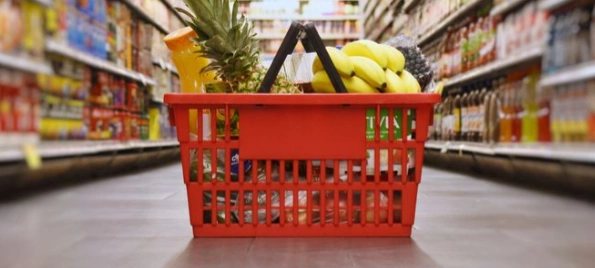
Food and Well-Being: The Power of a Healthy Diet
Food is not just fuel — it’s a vital element that shapes your energy, mood, resilience, and long-term health. Every bite we take influences how we feel, think, and function. A mindful approach to eating can prevent disease, improve mental clarity, and increase vitality.
The Benefits of a Balanced Diet
Our bodies require over 40 different nutrients to function properly, and no single food can provide them all. That’s why variety and balance are key.
- Fruits and vegetables are rich in antioxidants, vitamins, and fiber. They help reduce inflammation, support digestion, and strengthen the immune system.
- Whole grains such as oats, quinoa, brown rice, and buckwheat are slow-digesting carbohydrates that keep blood sugar stable and provide long-lasting energy.
- Proteins (from sources like lean meats, fish, legumes, eggs, and nuts) are essential for muscle repair, hormone production, and immune function.
- Healthy fats, including omega-3 and omega-6 fatty acids found in fish, avocados, seeds, and olive oil, support heart health and cognitive performance.
Food and Mental Health
The connection between nutrition and mental well-being is stronger than ever. The brain needs specific nutrients to produce neurotransmitters that regulate mood, focus, and sleep:
- Omega-3 fatty acids have been linked to lower rates of depression and anxiety.
- Dark chocolate can stimulate the release of endorphins and serotonin, boosting mood.
- Foods rich in tryptophan (like turkey, bananas, and eggs) promote better sleep and emotional balance.
The Risks of Poor Nutrition
On the flip side, diets high in sugar, refined carbs, trans fats, and processed foods can trigger:
- Chronic inflammation
- Poor digestion and gut health
- Mood swings and mental fatigue
- Weakened immunity
- Increased risk of obesity, diabetes, and heart disease
These foods often provide “empty” calories with little nutritional value and can leave you feeling sluggish, irritable, and constantly hungry.
Building Healthy Habits
A healthy lifestyle starts with small, sustainable changes — not harsh restrictions. Some simple steps include:
- Swap white bread for whole grain options.
- Add vegetables to every meal.
- Drink more water instead of sugary drinks.
- Cook at home more often to control ingredients.
- Reduce your intake of added sugars and sodium.
Healthy eating isn’t about perfection — it’s about consistency, awareness, and balance. When you nourish your body with real, whole foods, you’ll notice improvements not just physically, but emotionally and mentally too.
Let food be your daily form of self-care — and your body will reward you with energy, strength, and clarity.
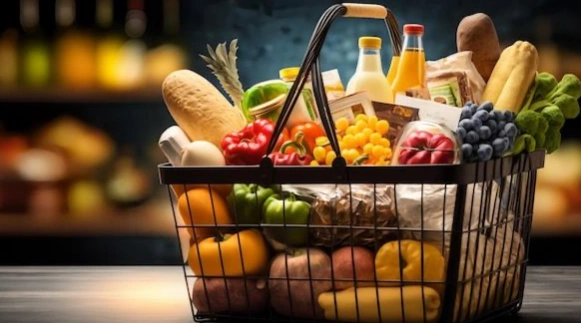
For years, I chased the perfect diet — low fat, low carb, you name it. Every new plan promised a miracle, but all I got was frustration and hunger. Food stopped being joy and became a source of stress. I realized that treating eating like a punishment wasn’t healthy — for my body or my mind.

When I stopped dieting, I started paying attention to what my body really wanted — hunger, fullness, cravings — not what a chart said I should eat. I learned to enjoy food without guilt, to savor flavors, and to nourish myself in a way that felt good. It’s not about perfection; it’s about kindness to myself.

Now I focus on sharing meals with family and friends, celebrating traditions, and honoring my body with good food — not punishment. Choosing balance has given me more energy, joy, and peace than any diet ever did. And honestly? I feel freer and happier than I have in years.
